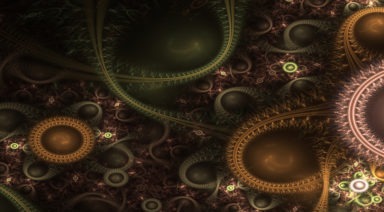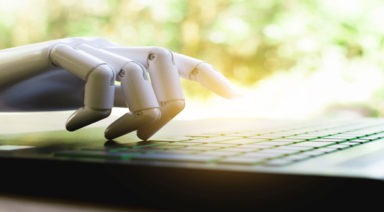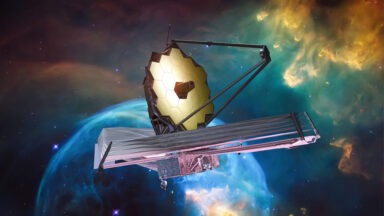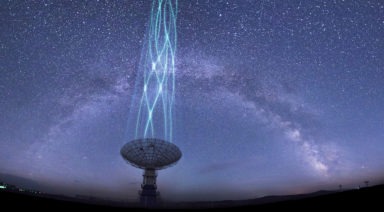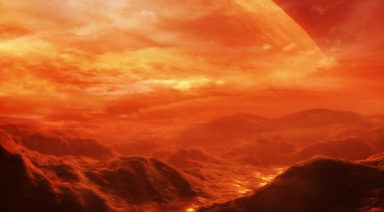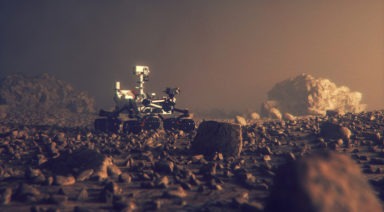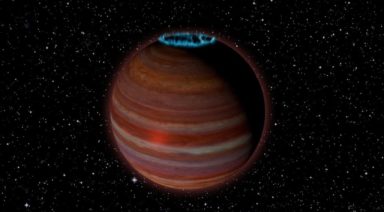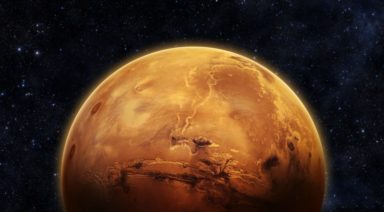Defying Physics by Breaking the Laws of Thermodynamics

As modern and rational beings, we have come to rely on certain irrefutable natural laws. The sun rises and sets. The planet rotates around the sun. Out of all of these, the laws of physics and thermodynamics, a branch of physics, have defined humans’ relationship to heat, temperature, energy, work, radiation, and matter. But what happens when the laws of physics are defied? Such may be the case with instances in which scientists claim to have broken the laws of thermodynamics.
But before we dive into these cases, it’s important to understand the actual laws, so we can better understand the ways in which they might be broken.
The Laws of Thermodynamics
What is the definition of thermodynamics? Simply put, thermodynamics is a branch of physics that deals with the relationships between heat and other forms of energy. In particular, it describes how thermal energy is converted to and from other forms of energy and how it affects matter. Thermodynamics is widely applied in a number of engineering disciplines and meteorology, as well as evolutionary psychology, statistical mechanics, and even economics. Central to thermodynamics are four laws:
- First Law is known as the law of conservation of energy, in which energy can be transformed, but it cannot be created or destroyed. The first thermodynamic law relates to a containment of energy
- Second Law defines a closed system in which isolation, or entropy occurs and stays constant, or increases, unless there is an outside force or influence at play. To simplify this concept, think of your morning coffee that loses its heat by the third sip, is entropy in action in our everyday life.
- Third Law is the law of “absolute zero,” the temperature of −273.16°C (−459.69°F), or the coldest temperature possible where no heat exists. It is believed that the state of absolute zero is unattainable.
- Zeroth Law, the fourth law, states that if two thermodynamic systems are in thermal equilibrium with a third system, then the two systems are also in thermal equilibrium with each other.
Beyond the Science: Spiritual Implications of Thermodynamic Laws
While obviously rooted in science and natural laws, thermodynamics has also spawned many academic and spiritual discussions and theses. Some have likened the second law to the ancient Hindu Shiva energy, both destructive and creative, is central to our spiritual development and to escape the entropic trap associated with complacency, spiritual materialism, depression, and anxiety. Others have equated the third law, the law of absolute zero, with spiritual enlightenment; sought after, but elusive to attain.
However, recently there have been scientific experiments that claim to have broken the second law of thermodynamics, the law of entropy, considered to be sacrosanct for the past one hundred and fifty years.
Pushing the Boundaries of Thermodynamics
In 2002, a team of chemical physicists at the Australian National University in Canberra, demonstrated that this law, considered to be one of the most fundamental tenets of physics, doesn’t hold true for microscopic systems.
Their experiment measured shifts that took place when latex beads, suspended and isolated in water, where trapped by a laser beam. The team observed the movement of the beads, as well as the level of entropy present, which demonstrated a case of “nature running reverse.” The experiment resulted in what could be likened to that morning cup of coffee getting hotter on its own and is considered to be in agreement with what is referred to as the “fluctuation theorem,” a decades-old theory that has important impacts on nanotechnology and makes us reconsider how life itself actually functions.
Further experiments in 2016 by the Argonne National Laboratory (ANL), a division of the United States Department of Energy, created a model in which the Second Law was also “violated on a molecular level.” The model is based on the H-theorem, which hypothesizes that if something hot is combined with something cold, the result will lie in the middle. The team at ANL applied quantum mechanics to the H-theorem; in other words, they applied abstract principles to explore the limitations of physical laws.
Defying the laws of physics, as well as years of established scientific thinking, ANL has predicted that instead of the accepted entropic increasing trajectory, under certain circumstances, entropy might actually decrease. While this prediction might appear to be revolutionary, ANL and others in the field are really an old hypothesis made new again.
In 1867, Scottish physicist James Clerk Maxwell came up with a theory known as “Maxwell’s Demon,” designed to violate the Second Law. “Maxwell’s Demon” proposed that a theoretical demon lived in the space between hot and cold, like a molecular bridge troll or bouncer, allowing some particles in, while turning others away.
Today, as researchers continue to push the thermodynamic envelope, it is thought that the practical realization of Maxwell’s theory could result in future quantum perpetual motion machines, such as a refrigerator that can be cooled from afar, and where the energy needed to cool it could be created anywhere.
Does the ability to possibly break the second thermodynamic law mean that energy could become a free commodity? Perhaps. The theoretical result of ANL and other’s research could mean that this form of “free energy” might someday propel our cars or power our appliances in ways that defy the laws of gravity.
Does this meant that our future could hold an entire marketplace of things that defy the laws of physics? Actually, the future is here now with the following physics-bending materials and substances that are improving life as we know it:
— Hydrophobic- materials are special coverings designed to protect against moisture and dirt. The silicon dioxide and titanium mixture is used on clothes, shoes, building materials and as a substance to help clean the oceans.
— Nitinol- titanium and nickel alloy, creates objects with “muscle” memory when exposed to heat, returning them to their original form.
— Programmable wood- created by the Massachusetts Institute of Technology, utilizes 4D printed wood laminates that take on a defined shape when placed in water.

Hydrophobic material
— Self-repairing substances contain bacterial microcapsules that when damaged, fill cracks in their structure with self-made life-sustaining materials. Already being used in medicine and digital devices, this miracle material will one day be used to repair our roads.
Whether it’s our cellphone, air conditioner, or a life without potholes, the scientific research surrounding things that defy the laws of physics and the laws of thermodynamics is part of a basic human desire to grow and expand our limitations. Upsetting scientific apple-carts is how we’ve come so far. The innovative thinking that pushes the boundaries of scientific thought points to a bright future; one with far-reaching and life-changing implications.
Professor Says He Found Equation That Makes Time Travel Possible

In 1895, author H.G. Wells captured the imagination of his readers by having his protagonist, a Victorian English scientist, bravely climb into a time machine and set off into uncharted territory. Wells is credited with coining the phrase “time travel,” although the idea of exiting one timeframe and entering into another has intrigued humankind far into the misty past.
To this day, many still feel that it's entirely possible to traverse time if we could only discover how. But now, the time may have finally come: A prominent astrophysicist recently claimed that he now has the mathematics to make time travel a reality.
Here we are, a hundred years since the introduction of Einstein’s Theory of General Relativity, and science is closing in on time travel. Astrophysicist Ron Mallett, professor emeritus of physics, has been studying time travel long before embarking on his professional career.
Now in his 70s, he has at long last — at least theoretically — discovered a way to travel into the past. Putting his mathematical equation to work, he has come up with a prototype device with functionality that seems plausible, although he has yet to wow his contemporaries who are standing in the wings to see what comes next.




